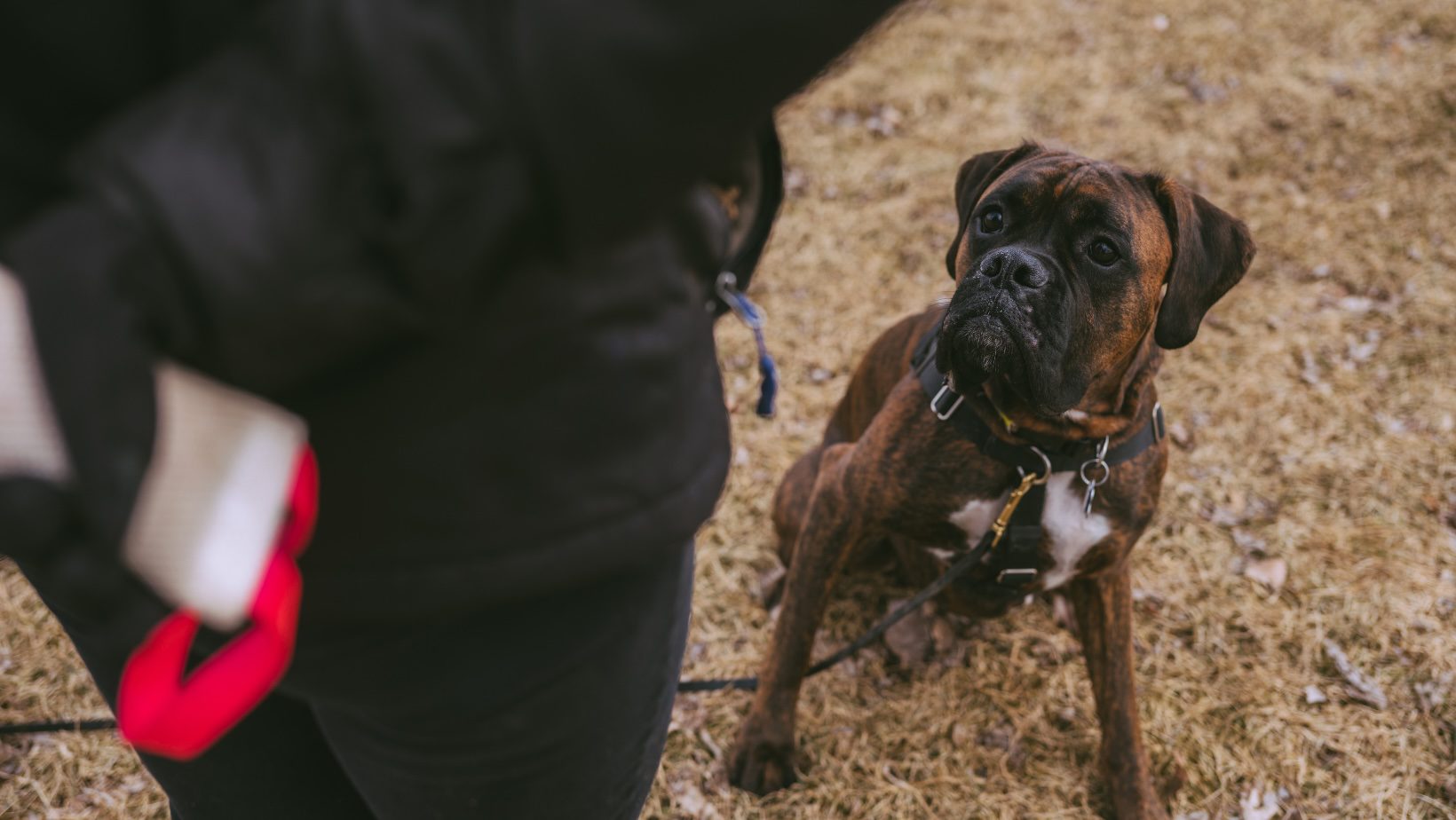Training a dog is often seen as a fundamental aspect of pet ownership, essential for instilling obedience and good behavior. However, it’s much more than just teaching commands and enforcing rules; it’s a powerful way to strengthen the bond between you and your furry companion. This blog explores the deep, psychological benefits of dog training, various methods you can use, and how it fosters a more harmonious home.

The Essence of Dog Training
At its core, dog training is about communication. It’s a way for you and your pet to understand each other better. Training goes beyond the basics of sit, stay, or heel; it’s about creating a mutual language that respects both your needs and those of your dog. When done correctly, it establishes a foundation of trust and respect.
Methods and Approaches
There are several training methods, each with its philosophy and techniques. Some of the most popular include:
- Positive Reinforcement: This method involves rewarding the behaviors you want to encourage, usually with treats, praise, or play. It’s based on the idea that dogs will repeat good behavior when it’s followed by a reward.
- Clicker Training: A form of positive reinforcement, clicker training uses a sound (a click) to mark the exact moment a desired behavior is performed. It’s highly effective for teaching complex commands and tricks.
- Relationship-Based Training: This approach focuses on building a deeper relationship with your dog by understanding their needs and motivations. It’s a flexible method that adapts to the individual dog’s personality and learning style.
Psychological Benefits for Dogs
Training has profound psychological benefits for dogs. It provides mental stimulation, which is crucial for their well-being, and can help reduce common behavior problems. Dogs are naturally curious creatures, and training sessions are an opportunity for them to learn and explore in a controlled environment. It also gives them a sense of structure and security; knowing what’s expected of them and that good behavior is rewarded can make the world seem less chaotic and more comfortable.
Strengthening Your Bond
The most significant benefit of dog training is perhaps the bond it creates between you and your pet. This bond is built on trust, mutual respect, and understanding. As you work together, you learn to read each other’s cues and communicate more effectively. This deepens the emotional connection and makes your dog more attuned to your expectations and emotions.
The Owner’s Perspective
Training is just as beneficial for the owner. It teaches patience, empathy, and effective communication skills. Understanding the principles of positive reinforcement, for instance, can help you see the world from your dog’s perspective, fostering a deeper empathy and a more compassionate response to their needs and behaviors.
Creating a Harmonious Home
A well-trained dog is typically a well-behaved dog. Training can significantly reduce behavioral issues that strain the human-pet relationship, such as aggression, excessive barking, or destructiveness. This leads to a more peaceful, harmonious home and a pet that’s more welcome in public spaces and social situations, making your life together more enjoyable and less stressful.
Positive Reinforcement in Practice
Positive reinforcement isn’t just about giving treats; it’s about reinforcing the behaviors you want to see with anything your dog finds rewarding. This could be food, toys, praise, or play. The key is consistency and timing; the reward must be given immediately after the desired behavior to create a strong association.
Success Stories
Countless pet owners have transformed their relationship with their dogs through training. Stories abound of unruly or anxious dogs that, with consistent training, became calm, confident companions. These aren’t just tales of improved behavior; they’re stories of deeper companionship, understanding, and love.
Tips for Successful Training
- Start Early: The earlier you start training, the better. Puppies are particularly receptive to learning, but even older dogs can learn new tricks and behaviors.
- Be Consistent: Use the same commands and rewards each time. Consistency helps your dog understand what’s expected of them.
- Keep Sessions Short: Dogs have short attention spans. Several short sessions throughout the day are more effective than one long session.
- End on a Positive Note: Try to end each training session with a success, even if it’s just a small one. This leaves both you and your dog feeling good about the experience.
- Be Patient: Progress may be slow, but with patience and consistent effort, you’ll see results.

Training your dog is one of the most loving and beneficial things you can do for your pet. It’s not just about teaching obedience; it’s about fostering a deep, understanding relationship. Through various methods, particularly positive reinforcement, you can create a bond built on trust and mutual respect. The result is a happier dog, a happier you, and a more harmonious home. So, embrace the journey of training, and watch as your relationship with your four-legged friend transforms into something truly special.
